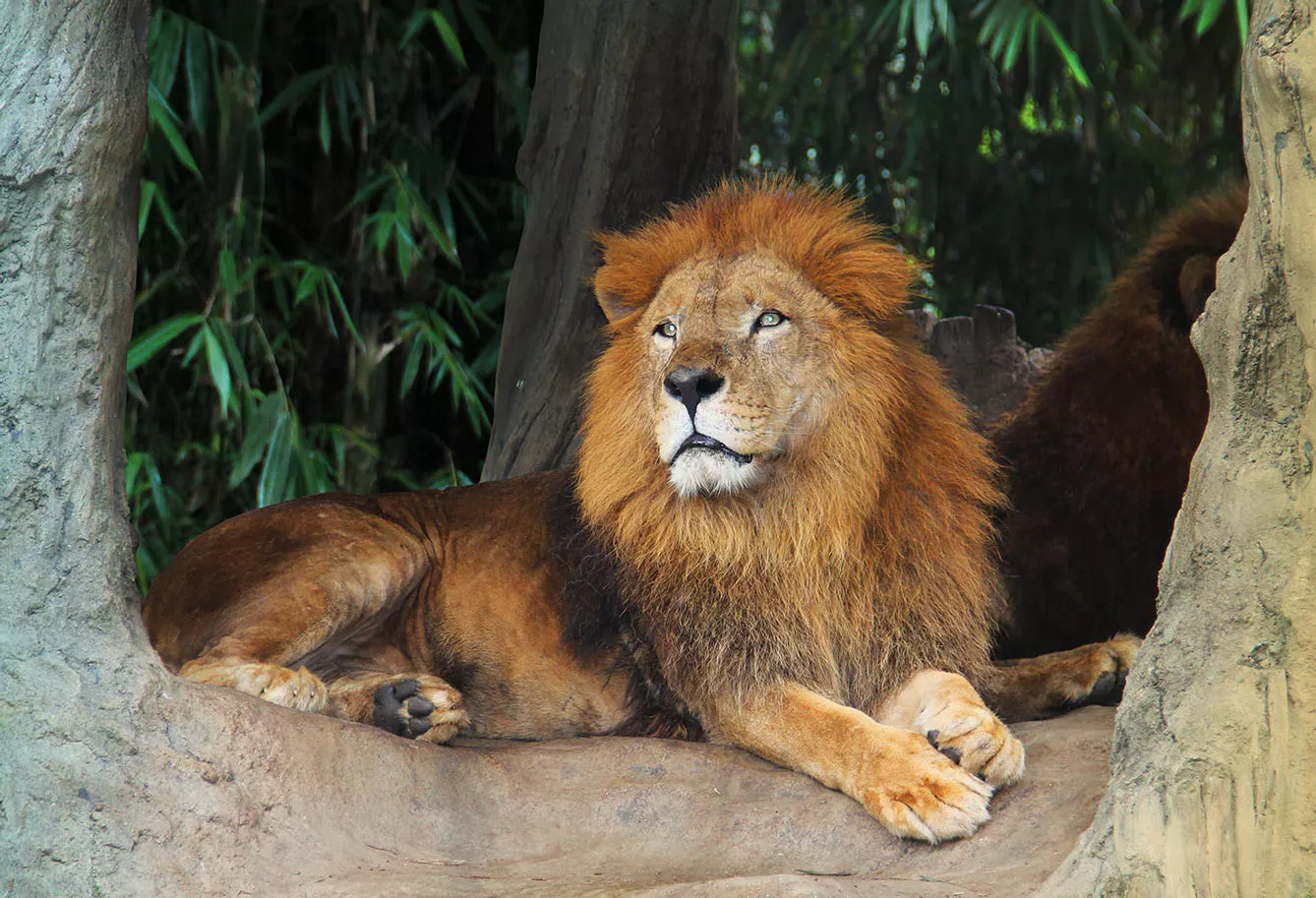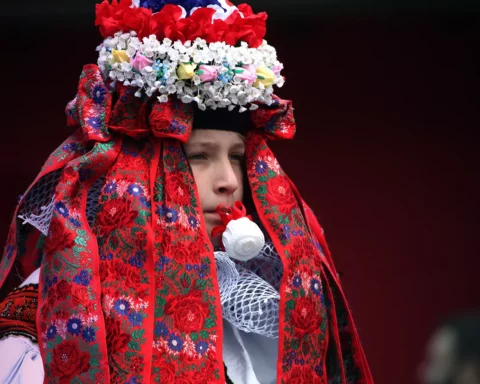A zoological garden is a place where competent people care for animals and, at the same time, allow people to visit them for the sake of education and entertainment. But it has not always been so. In early modern times, “entertainment” was the keyword. And “the people” were replaced with a much more restricted audience: royals and nobility.
Schönbrunn Zoo: the oldest, the best
Year after year, recognized as the best zoo in Europe, Tiergarten Schönbrunn in Vienna is the oldest zoo still in operation, thanks to its noble origins. It has noted over 2 million visitors every year since 2006 and is home to a rare attraction – giant pandas, which are rare and not often on display. From its numerous attractions, we would particularly recommend checking out the Rainforest House and, on the opposite side of the climatic range, the Polarium.
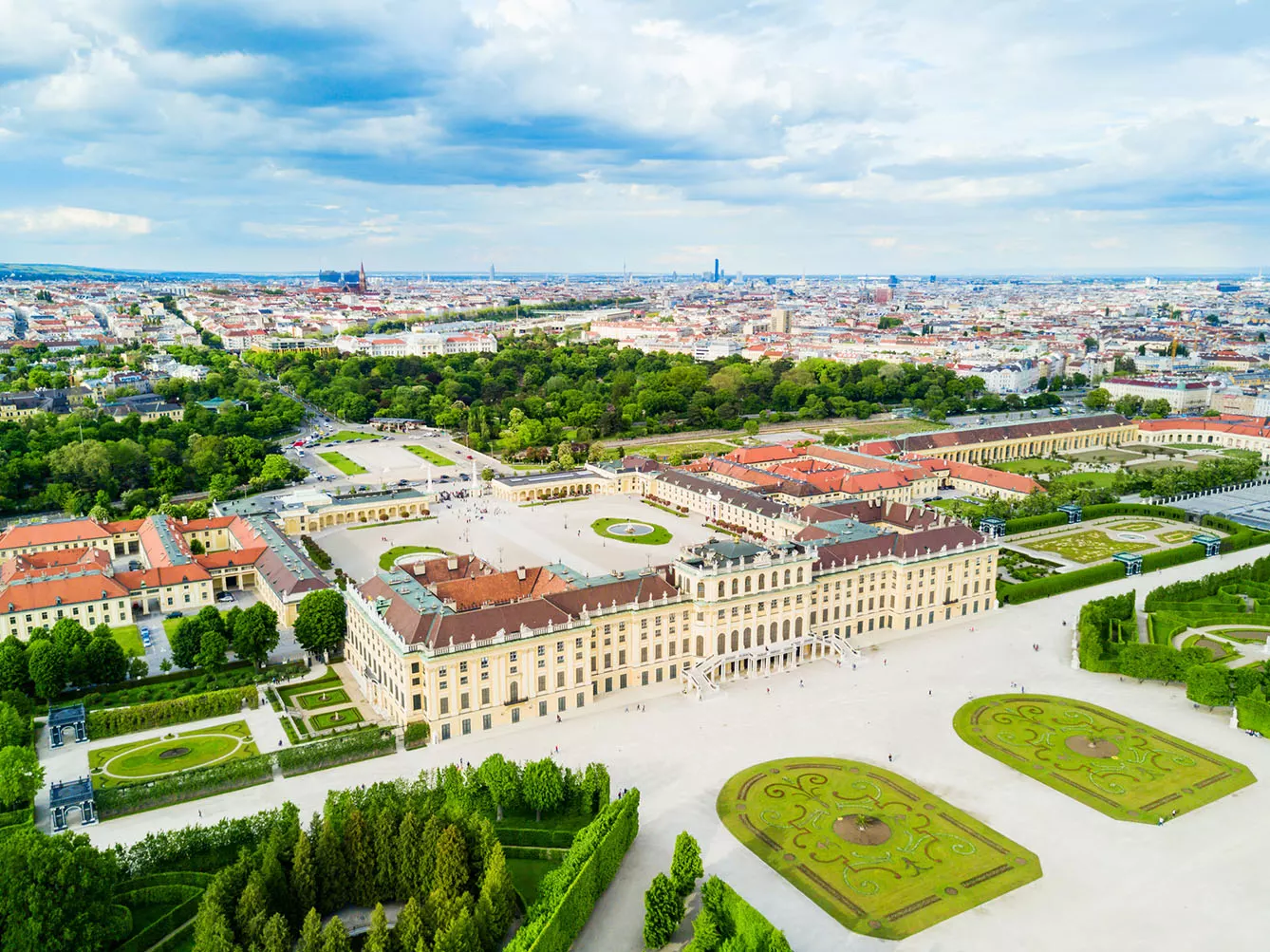
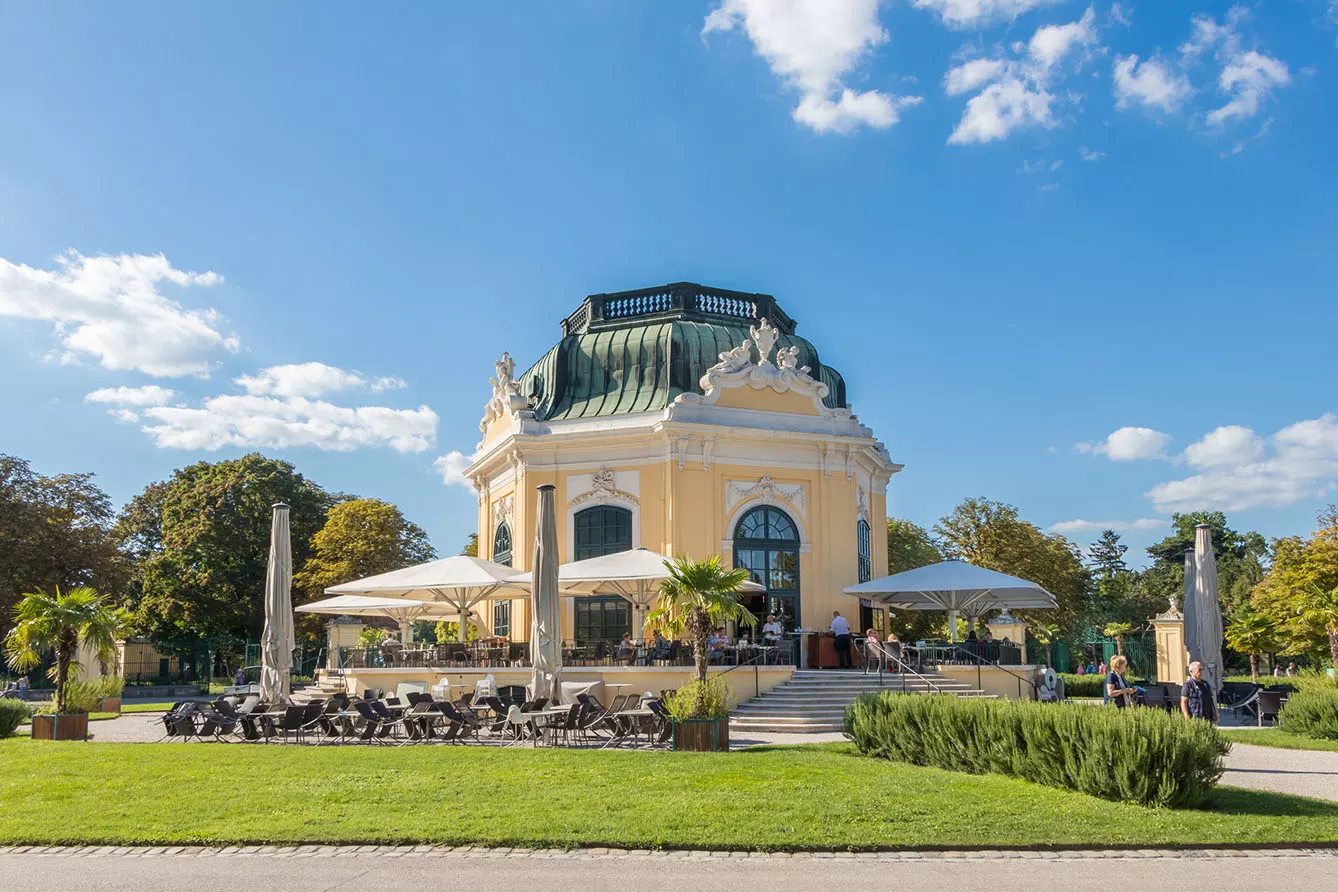
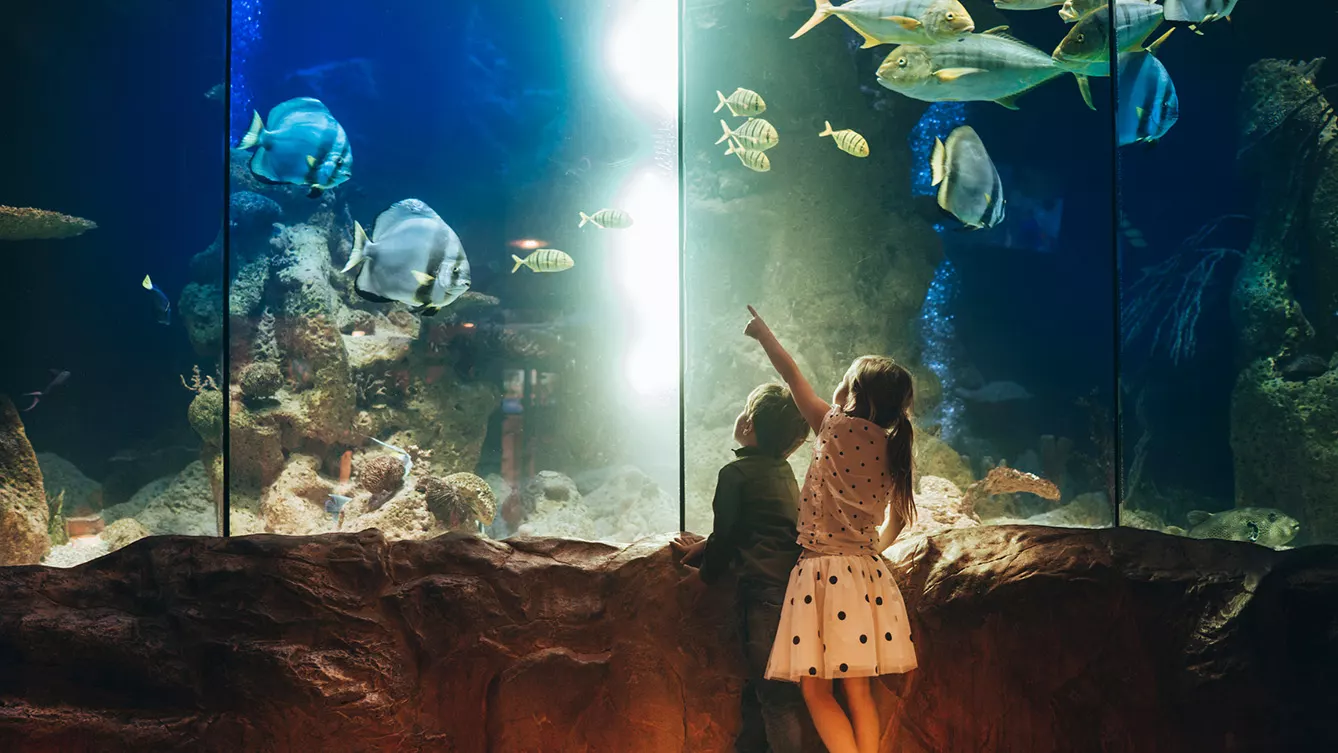
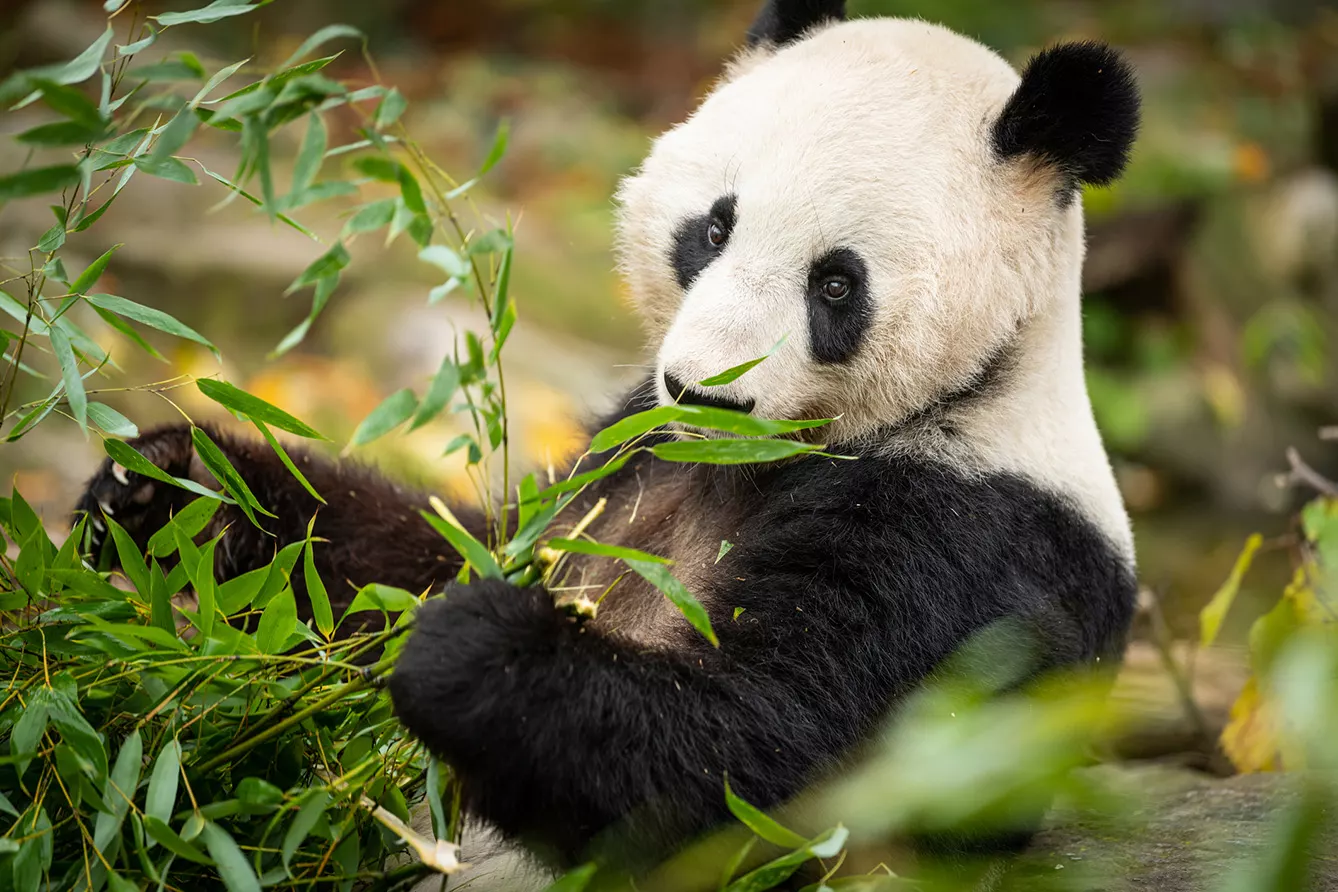
Don’t forget to pay a visit to the 19th-century Orangerie, built under Franz I as a film studio a century ago, but revitalized in 2009 and repurposed as a home for orangutans. However, even with 100 years in the rearview mirror, this zoo pavilion is still too young to have witnessed the origins of Schönbrunn Tiergarten. Meaning “Animal Garden” in German, it was established around 1745 at the Habsburgs’ summer residence – the impressive Schönbrunn Palace on the outskirts of Vienna.
It was not a zoological park back then, as the term had yet to gain popularity, rather it was a menagerie. Coming from the word menage, meaning something close to the farm, it was a collection of animals kept in palaces on display for guests. Kings and aristocrats loved collecting curiosities. They were symbols of power, allowing them to brag about wealth and amount of amassed power, and the extent of territories covered by one’s rule.
Animal gardens in Europe
The idea of the menagerie originated in the 17th century and, naturally, among the most famous of them was the one in Versailles. But the Schönbrunn one, quite soon after its construction, was opened to the general public as early as 1778. This is when it practically became the first animal, or zoological, garden.
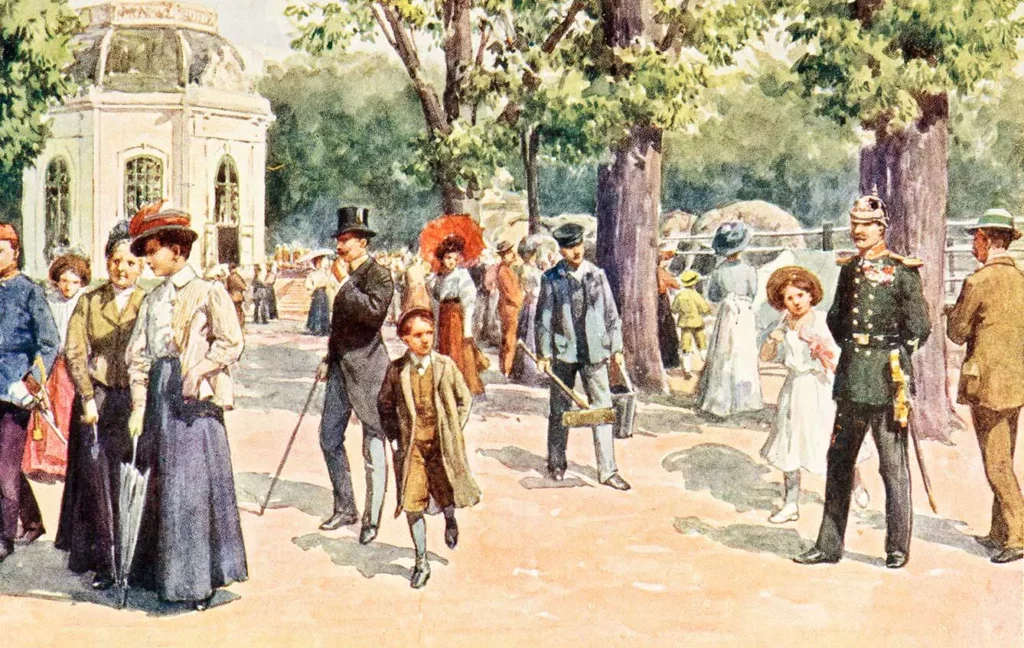
So even back in the late 1700s, the people of Vienna could take a Sunday stroll to see live elephants. The Tiergarten was rich in exotic animals by 1800, with kangaroos and polar bears being among the most interesting. When Tiergarten got a giraffe in 1828 from the Viceroy of Egypt, it sparked a giraffe-craze, with the long-necked animal being a popular motif on clothes and utensils.
Schönbrunn Tierpark remains a public zoo to this day, making it the oldest surviving menagerie. Along with the palace itself and palace park, it is now a UNESCO World Heritage Site. No wonder giant pandas, the cutest of animals, breed there so well.


